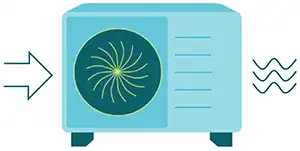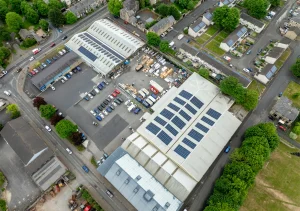On 9th May 2019, a new UK regulation will come into effect that ends a 15-year exemption for fuel bowsers that don’t meet ADR road carriage requirements. Here we explain why the new rules are coming into place, what they mean and how businesses can stay compliant.
Why were the new rules introduced?
In 2004, diesel and gas oil were reclassified as combustible and flammable liquids. This led to new road carriage requirements as regulated by the ADR to ensure that these fuels would be transported safely on public roads.
To give industries time to adapt to the new regulation, the Department of Transport introduced a 15-year exemption period that authorised the use of certain bowsers as IBCs if they met the following requirements:
– Have a maximum capacity of no more than 3,000 litres
– Must be designed for mechanical handling
– Must be resistant to the stresses produced in handling and carriage
– Must not be permanently fixed to a motor vehicle or trailer, but may be temporarily fastened for safety during carriage
– Must be safe and suitable for the carriage of diesel
– If requested, must be submitted for periodic re-inspection
However, these standards were transitional only – coming with an expiration date of 9th May 2019.
What does the end of the exemption mean?
The new rules mean that bowsers manufactured before May 10th 2004 will no longer be allowed to transport certain fuels on public roads if they are classed as tanks rather than intermediate bulk containers (IBC).
While bowsers classed as tanks can still be used to move fuel on private sites, these older solutions will need to be retired and updated if businesses are looking to transport their fuel further afield. Transportable fuel solutions must now meet IBC standards under ADR and be designed to comply with current EU Environmental Regulations for the elimination of accidental spillage.
How do I know if my tank is an IBC?
All bowsers that were sold from 2004 onwards are type-approved to meet IBC standards and ADR regulations. One initial indication can be the type of bowser. As IBCs need to be 110% bunded, a bowser that is single-skinned will not be compliant.
A business’ first port of call for confirmation that a bowser is an IBC should be the documentation or certification that came with the purchase. This should state whether the bowser is classed or an IBC or a tank. Another place to check is on the tank itself – if it does not have approval or manufacturer plates, it is unlikely to be an IBC. Bowsers classed as IBC will feature the UN packaging symbol (or the stamped letters ‘UN) and codes designating the type of IBC. Full information on these markings can be found here.
IBCs must also undergo pressure testing and external inspections once every two and a half years – plus an internal inspection once every five years – to ensure they are roadworthy. These tests must be recorded and documentation obtained in case of an inspection request from the Department of Transport. If the owner of the bowser does not have records of these tests, the container is unlikely to be compliant with ADR regulations.
Is it time for your bowser to retire? If you’re looking to upgrade, our range of transportable tank options including bowsers meet the standard of an IBC under current ADR regulations. Available in capacities from 950 to 2,900 litres, our transportable storage, dispensing and monitoring solutions are designed to keep your business moving. Find out more on our dedicated tanks page.
If you are unsure whether your bowser is compliant, contact us via the Certas Energy enquiry form. A member of our specialist team will be in touch.







